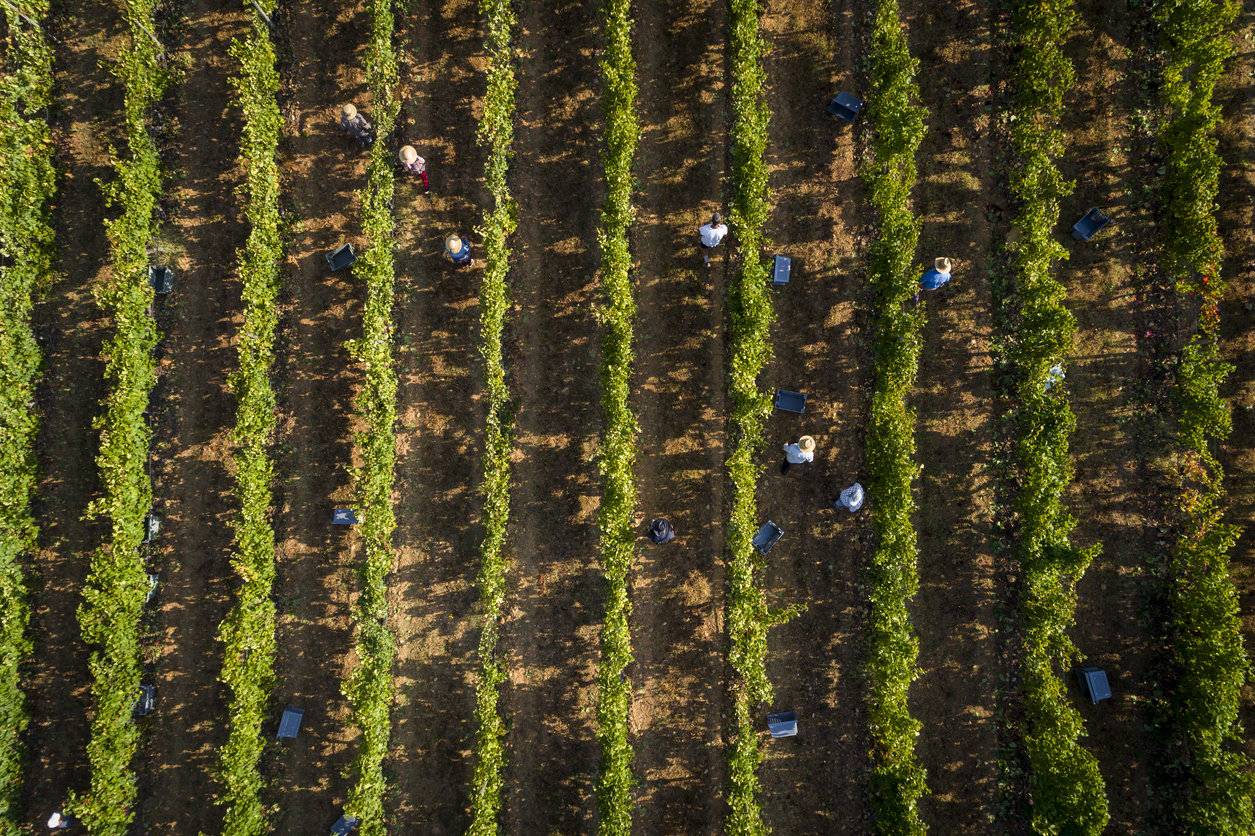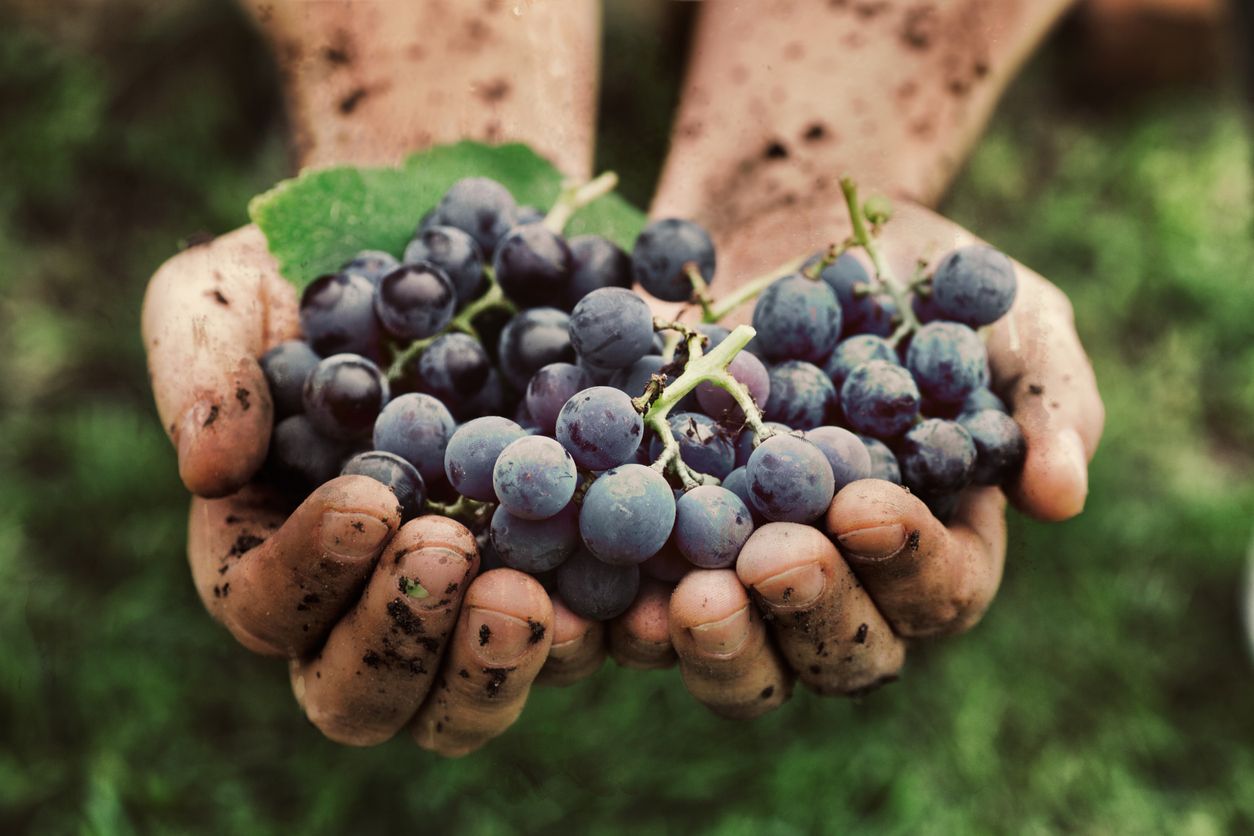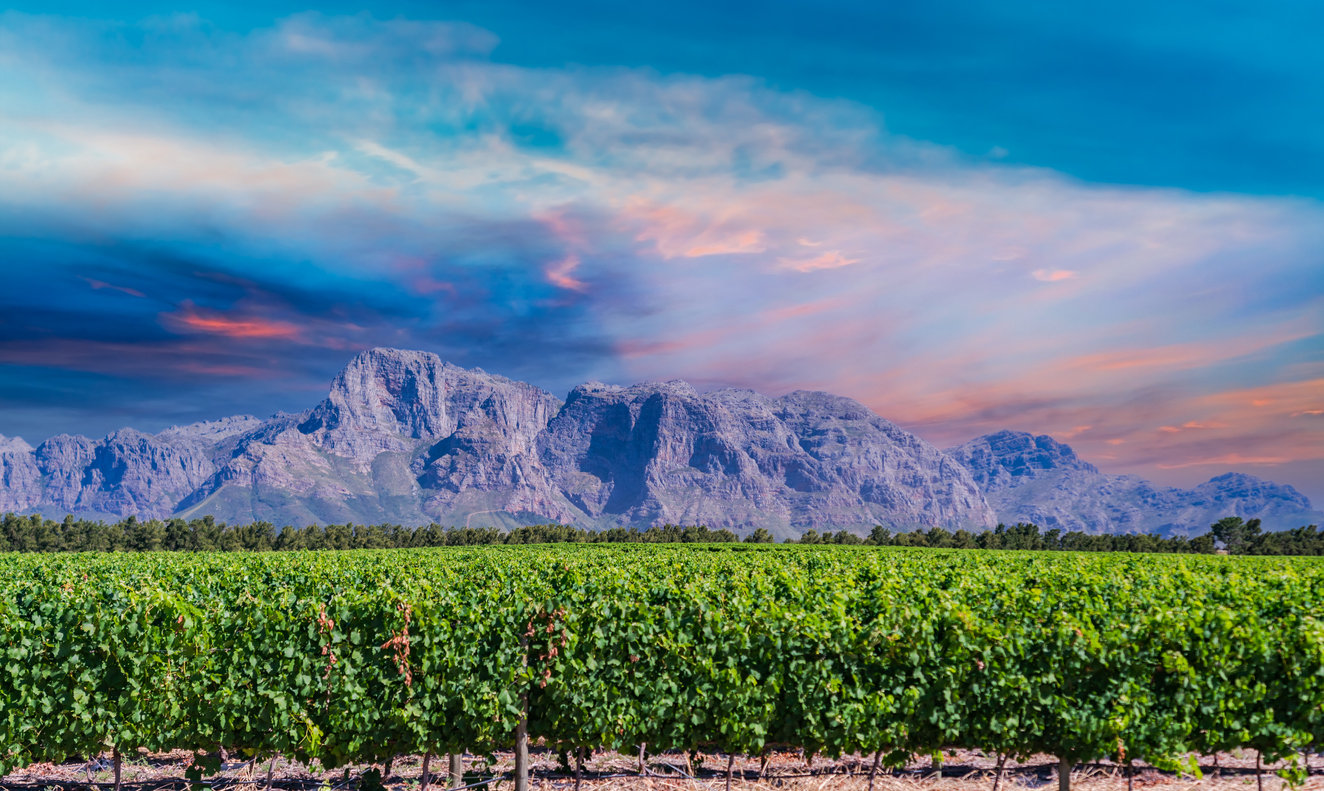CHEERS | WINE


Nature’s
bounty
2023 marks the 364th anniversary of South African wine. February the second is the day circled in red on the calendar because that’s when Jan van Riebeeck wrote in his diary “Today, praise be ..., wine was made for the first time from Cape grapes.”
“The secret to harvesting is to live dangerously,” wrote German philosopher Friedrich Nietzsche while father of the United States nation, George Washington, said he would far rather be on his farm than emperor of the world.
But being a farmer is a lot less predictable and a heap more risky than calling the shots in parliament or congress! Whether its wheat or potatoes, farming is fraught with danger and risk. There’s the danger of drought, hailstorms and rain, strong winds during the critical flowering period, locusts, worms, disease … Plus the farmer only gets to do what he does best 40 or so times in his life.
In places like France, Italy and Spain, where wine styles are geographically distinct, harvests are done and dusted in a matter of just a few weeks. But in South Africa where wine farms produce a range of styles of wine, from bubbly all the way through to fortified or dessert wines, harvesting a variety of diverse grapes, all of which ripen at different times, means that teams can expect two to three months of snipping grape bunches off the vines.
Late January and early February is when South Africa’s wine regions become really busy and heavily laden trucks, tractors and trailers packed to the brim with white and black grapes can be spotted on the roads to and from farms in Robertson, Worcester, Stellenbosch, Paarl, Agulhas, Keimoes and Calitzdorp.
Talk to any grape grower and they’ll tell you that harvest is the culmination of a long growing season, much of which is beyond their control. It’s why Nietzsche’s quote is apt. Farming is taking a risk. Wine commentator and columnist Michael Fridjhon often likens it to playing poker with fate. As veteran vintner Gyles Webb of Thelema said “there’s not much I can do about the amount of rain we had – or how cold it was in winter”. But those factors are big determinants in how well the harvest goes and is why the wine and grape growing industry’s viticultural predictions and analyses are always eagerly awaited.


Head of VinPro’s viticultural services Conrad Schutte released the preliminary forecast on December 5. The initial expectation for grape growers is of a “good but somewhat smaller 2023 wine grape crop”, the report stated. This was the result of a healthy, yet dry season.
“At this very early stage, the net decrease in the estimates is mainly attributed to all our growing regions that have experienced a drier season, except for the Northern Cape which has had its own difficult environmental conditions during and after the harvest,” Schutte said. “Poor flowering and set in various areas, together with the uprooting of vineyards, also contributed to the decrease in our estimate for the 2023 harvest.”
The Northern Cape region was singled out because the area – traditionally very dry – ironically had unseasonably wet and rainy conditions. Schutte noted that vine budding was not ideal and fewer bunches were formed. Foliage budding was also poor.

In the rest of the regions, flowering conditions were “good to outstanding”, Schutte maintained, citing low disease pressure and minimal pest problems. However, he noted that the general average rainfall was lower in most regions compared to the previous year which would impact berry size, especially in the dryland regions, thus influencing the total grape production. Another factor VinPro noted was that in the intensive irrigation areas such as the Klein Karoo and Robertson, loadshedding caused problems as irrigation programmes had to change according to the availability of power.
“This season looks promising, but a lot could change leading up to the harvest,” Schutte said.
Take 2022 for example. The initial forecast by the VinPro team noted a cool, wet spring which meant budding was a week to two weeks later than usual. Flowering, however, was only five days later than usual – followed by the all important fruit set. When the teeny bunches of grapes actually start becoming recognisable as grapes.

The decision of precisely when to pick is both art and science: science in that the level of sugar in the grape can be measured by special equipment and art because nowadays so many winemakers insist on tasting the grapes. Years of experience informs their expertise and skill in doing so. Fridays in late January and early February are nervous times for many farmers because that’s when the grapes are almost ripe but not quite ready … so weather reports are closely scrutinised to see if there’s a heat wave predicted which will cause a rapid rise in sugar levels and drop in acidity.
“It’s all about balance in the grape,” said Ian Naudé of Naudé Family Wines. “For some grapes it can be absolutely critical! Semillon, for example, has about a four day window. Pick too early and the acids are too high which will make the resultant wine too tart. Miss the window and pick too late and you won’t have enough acid meaning the wine could be flabby…”
That’s why Carl Schulz, Hartenberg cellar master maintains that the best fertiliser for any grape vine is the winemaker’s footsteps! He advocates walking the vineyards daily at this time. Picking grapes from multiple spots within the same vineyard to sample the flavours.
But back to the forecast and reality of the 2022 harvest. The June VinPro bulletin reported that the onset of harvest was a little retarded because of the cool and moderate build up.
“Wine lovers are in for a treat,” Schutte stated. “We’re really seeing striking colour and flavour extraction from grapes in the cellar, thanks to a cooler season that slowed down ripening and provided the opportunity for these components to develop optimally.”
The 2022 wine grape crop was estimated at 1 378 737 tonnes, according to South African Wine Industry Information & Systems (Sawis). It is thought to be around 5.5% smaller than the 2021 crop, but still larger than the five-year average of 1 346 024 tonnes.
As the CEO of Wines of South Africa Siobhan Thompson said in June, “Despite harvest 2022 being slightly more challenging for our winemakers, we have already had the opportunity to taste some of the first releases of white wines, which have shown superb quality and are likely to aid the premiumisation of the category.”
With the goal of improving the overall perception – and price – of South African wine, the positive forecast of 2023 harvest is a good thing, 364 years after the first crush.